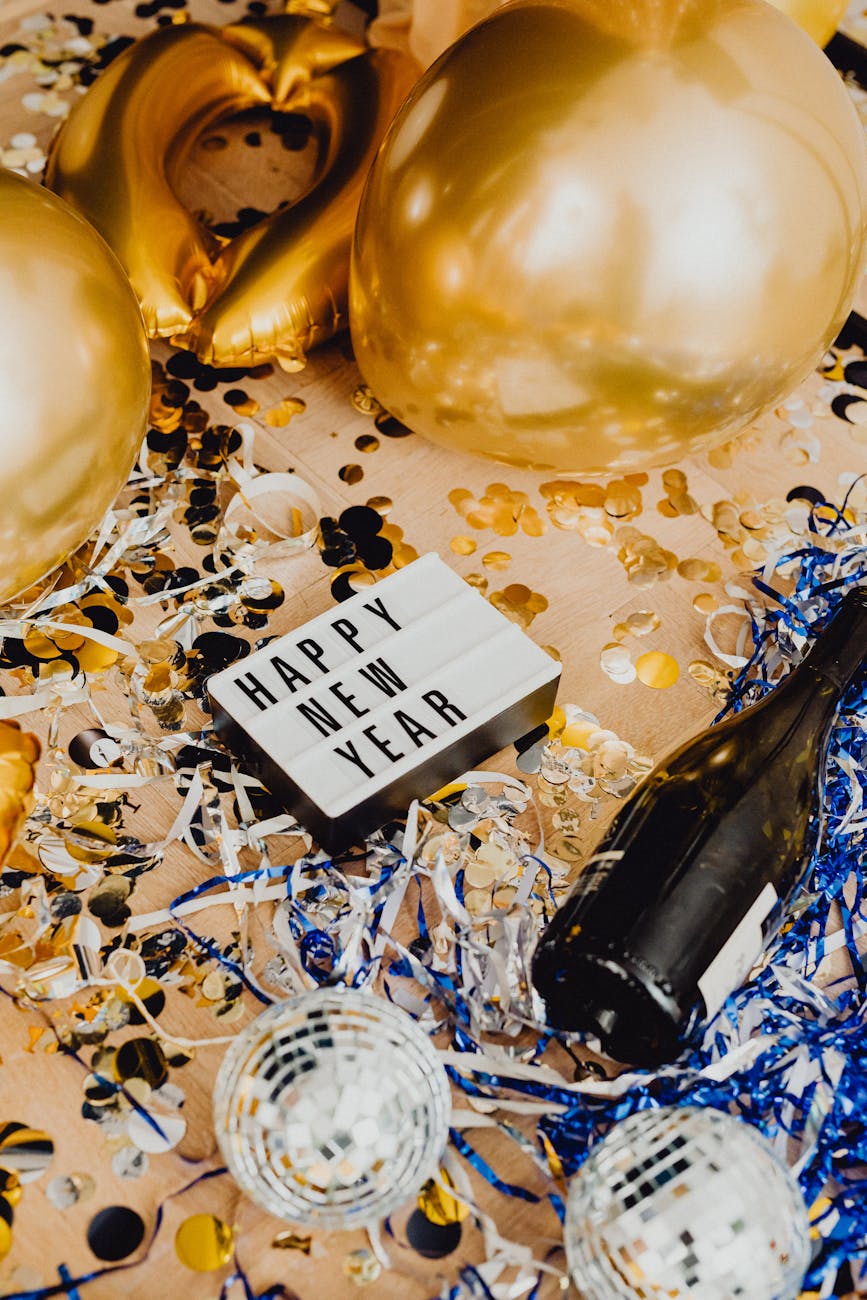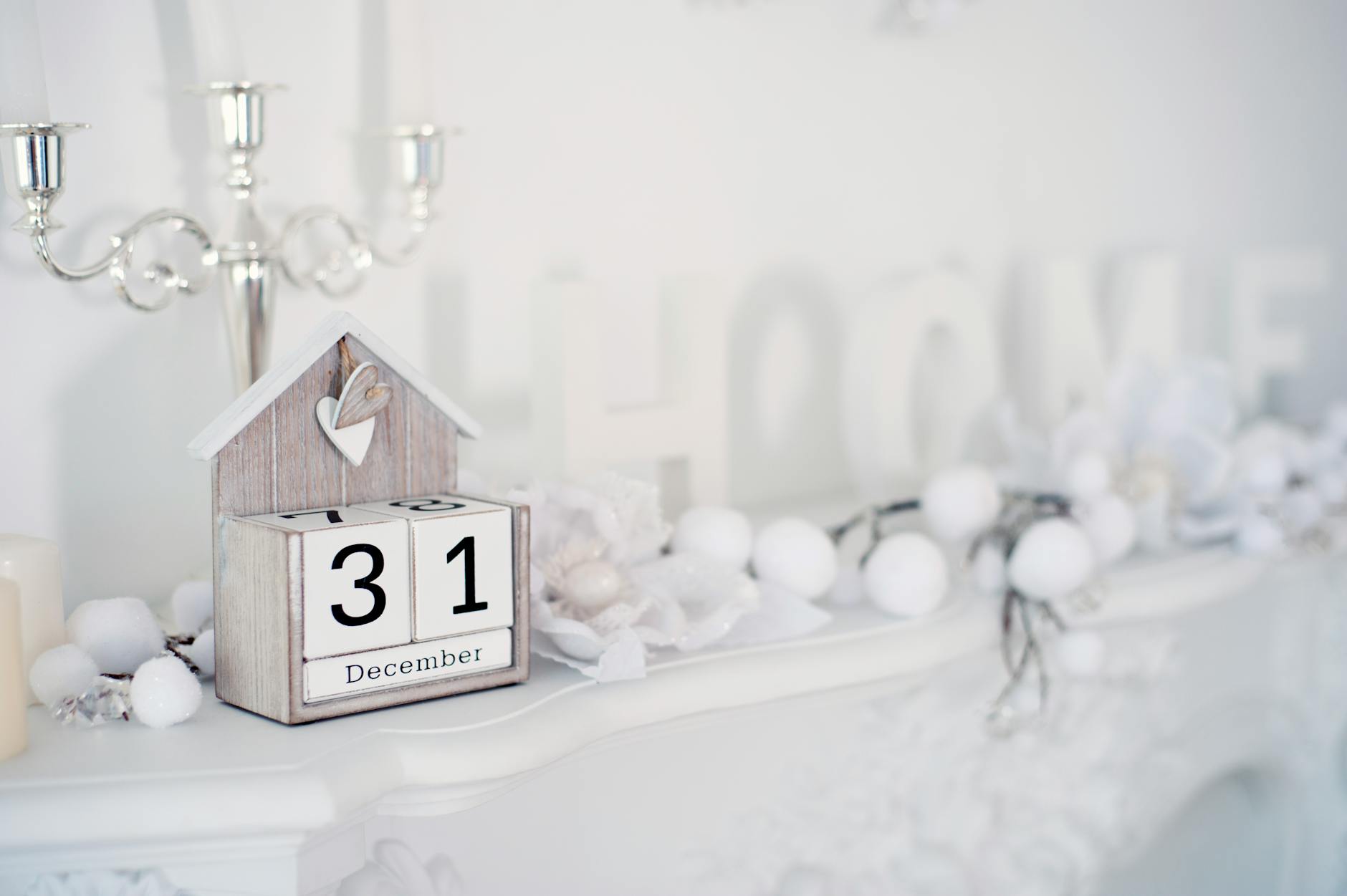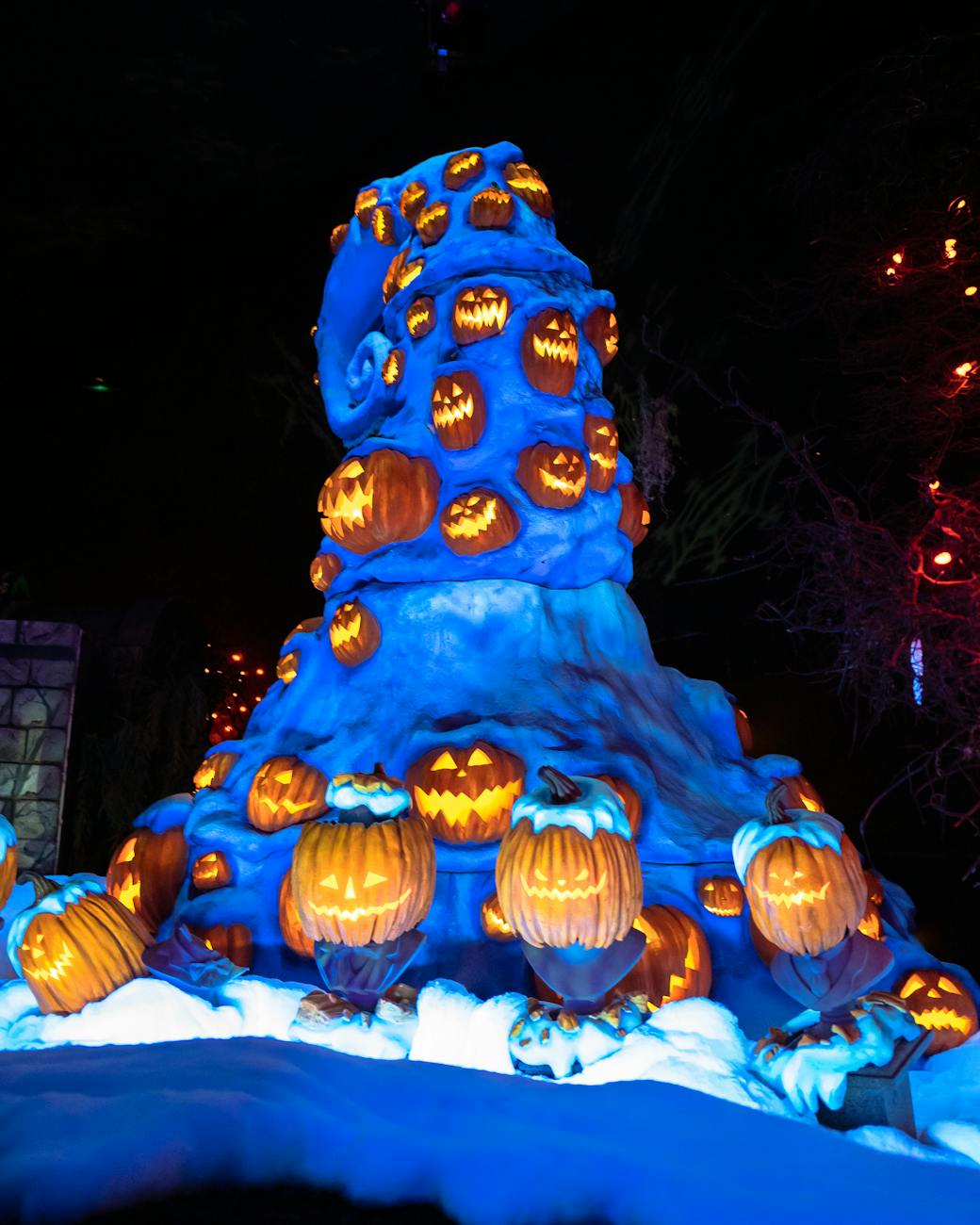“New year, new me.”
Everyone
Each year we hear the phrase and cringe to ourselves, knowing full well those people will remain the same as they’ve always been. We can generally say that trends stay the same for the most part; if there are any changes at all, they’re small and slight. Horror is no different. Each year plays off of the old in an effort to lure the same audiences, while adding a touch of newness to keep them there (and attract new people).
Horror is also a highly reflective genre, something we don’t see often in others. What’s going on in our world is mirrored on screen. Nightmares in Red, White, and Blue goes in depth on the topic, describing trends of each decade as it relates to politics and culture. For example, the European-centric, anti-immigration films of the 20s and 30s (Nosferatu, Frankenstein, The Wolf Man) morphed into a combination of those same views with a war-torn twist for the next two decades (Invisible Agent, The Thing From Another World). We see the same thing now with highly political/social films like The Purge series.
For the past few years, it’s apparent the rise in Elevated Horror and indie releases, along with non-traditional sources of content. Jordan Peele and John Krasinski, directors of Get Out and A Quiet Place, respectively, come from comedy backgrounds, but have emerged as major players in the genre. Festival picks like The Wailing have gained enough traction to be talked about as if they were a wide release blockbuster. Smaller studios sit side-by-side with bigger players, with a few joining the likes of Universal and Warner Bros. (shoutout to A24 and Blumhouse!). Even television has turned to the darker side, with Black Mirror’s Bandersnatch and The Chilling Adventures of Sabrina praised by those who don’t normally tread this far into debauchery.
But what’s to come for 2019?
More horror, obviously. Elevated horror to be specific. The contentious subgenre has paved a way for horror to enter the minds of the masses. The horror is often hidden behind a controversial issue or emotional drama — but it’s still horror. The guise works because people feel that fear and want to share their experience with the world. They make you feel smart too; It Comes at Night sparked arguments everywhere about what exactly was coming at night. Hidden and not-so-hidden themes on the verge of going over most’s heads reign supreme, and even the smallest plot points are dissected and examined for meaning that may not even be there. We see this across all aspects of horror, not just movies and television. The infamous Five Nights at Freddy’s video game has gained the love of (probably) millions with its convoluted and extensive background lore. It gets people involved and creates a craving for more.
But we’ll always have regular horror to fall back on too, particularly reimaginings of old ideas. Now seems to be the best time for a true return to form. There were a few hiccups with Universal’s Dark Universe and A Nightmare on Elm Street, but 2018’s Halloween and Suspiria showed that old dogs could indeed learn new tricks (and be praised for them). Darker, more twisted versions of films we grew up on have a chance to shine, exactly how fashion trends return to the light every 20 years or so.
I see 2019 as a great big mix of old and very old retrofitted to mean more, as in, mean more to the individual person as well as to society. The viewer will be able to put themselves in the movie, whether it’s their child version reminiscing about horror’s heyday or as themselves now, relating to the movie on a deep, personal level. 2019 will hopefully be the year of horror, as 2018 geared it up to be. Horror will take center stage — a movement, if you will — and give other genres a run for their money.













